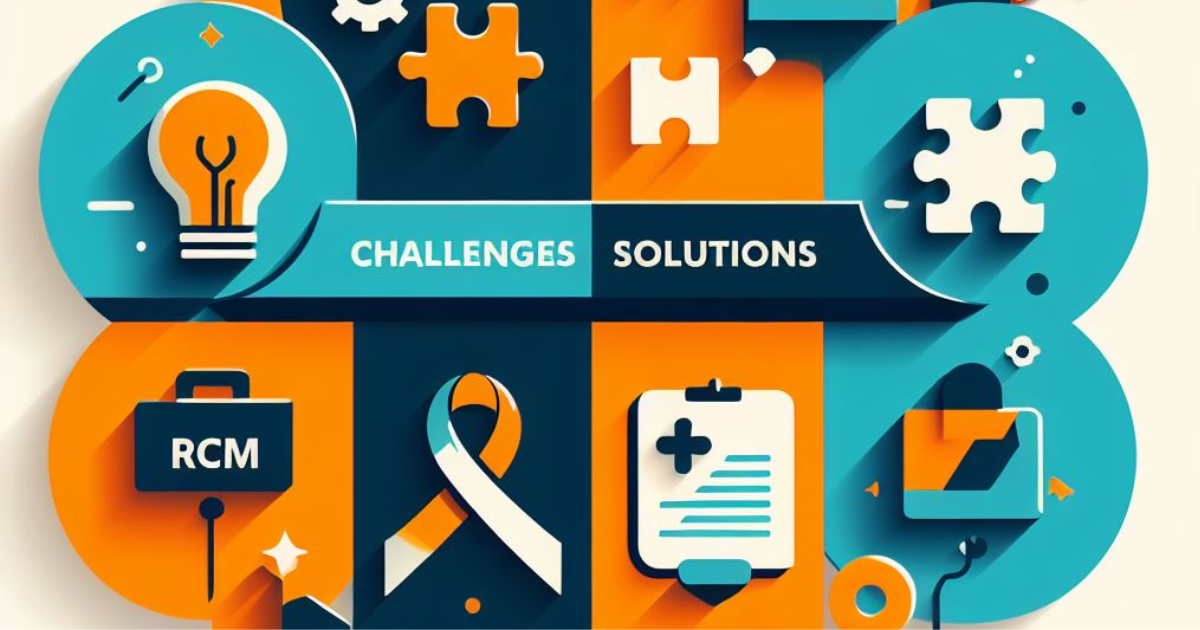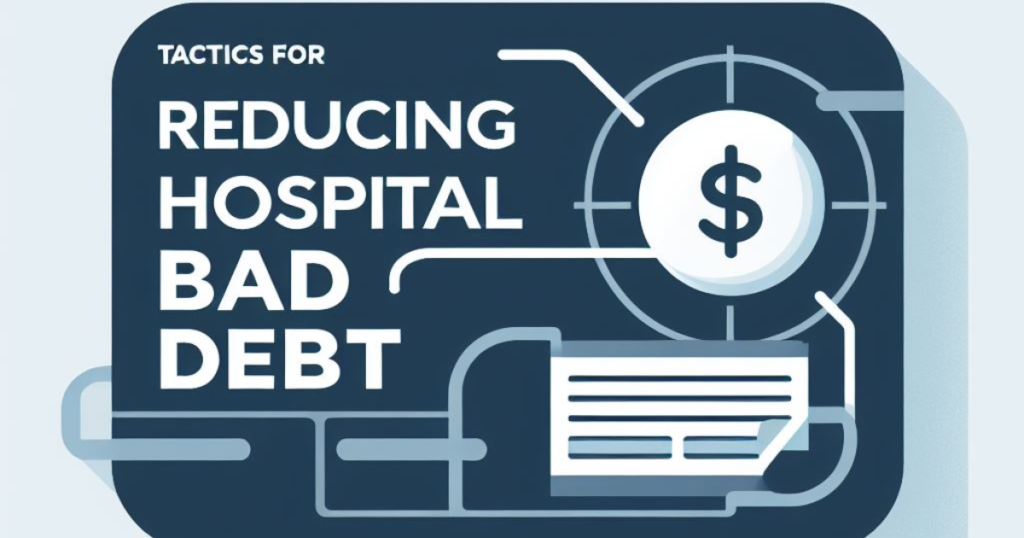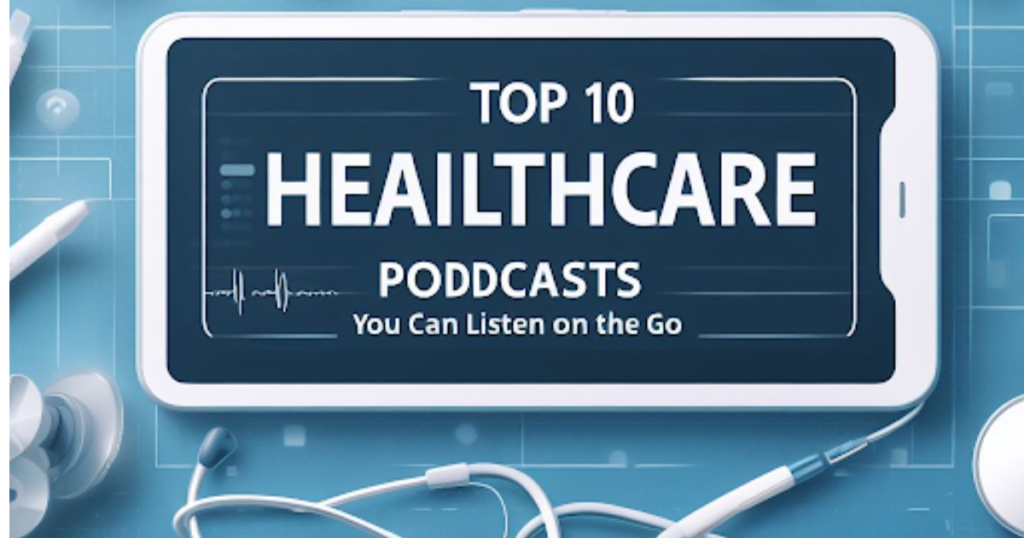
The implementation of Revenue Cycle Management (RCM) in healthcare poses various challenges that need to be understood and addressed. This article explores the obstacles faced during RCM implementation and provides potential solutions to overcome them.
Challenges Faced During RCM Implementation in Healthcare
Implementing a Revenue Cycle Management (RCM) system in healthcare organizations can be a complex and challenging process. Some of the common challenges faced during RCM implementation include:
- Lack of standardized processes: Healthcare organizations often have different departments and systems that operate independently, leading to inconsistent processes and data. Implementing RCM requires streamlining and standardizing these processes, which can be challenging.
- Data integration issues: Integrating data from various sources such as electronic health records, billing systems, and insurance databases can be a major challenge. Incomplete or inaccurate data can lead to billing errors and revenue loss.
- Resistance to change: Implementing RCM involves changes in workflows and responsibilities for staff members. Resistance to change from employees who are accustomed to existing processes can hinder the successful implementation of RCM.
Key Factors for Successful RCM Implementation in Healthcare
Achieving successful Revenue Cycle Management (RCM) implementation in healthcare requires careful planning and execution. Here are some key factors that contribute to successful RCM implementation:
- Strong leadership support: Leadership buy-in is crucial for successful RCM implementation. Leaders should champion the project, allocate resources appropriately, and communicate the vision and benefits of RCM to all stakeholders.
- Cross-functional collaboration: Collaboration between different departments such as finance, billing, coding, and IT is essential for effective RCM implementation. Clear communication channels and a shared understanding of goals and responsibilities ensure smooth coordination throughout the process.
- Thorough assessment and planning: Conducting a thorough assessment of the organization’s current processes, systems, and resources is critical before implementing RCM. This helps identify gaps and areas for improvement, allowing for better planning and resource allocation.
Challenges of Implementing RCM in Healthcare Organizations
Resistance to Change
One of the primary challenges faced during RCM implementation is resistance to change from staff members. Introducing new systems or processes often disrupts established routines and may be met with initial reluctance or pushback from employees. It is crucial for organizations to address this challenge through effective change management strategies that involve clear communication, training programs, and involvement of key stakeholders throughout the implementation process.
Data Integration and Interoperability
Another challenge in RCM implementation is the integration and interoperability of various data systems. Healthcare organizations typically have multiple software applications for different functions, such as electronic health records (EHR), billing systems, and practice management systems. Ensuring seamless data flow between these systems can be complex and require careful planning to avoid data discrepancies or duplication.
Compliance with Regulatory Requirements
Healthcare organizations must comply with various regulatory requirements related to billing, coding, privacy, and security. Implementing an RCM system that aligns with these regulations can be challenging due to the evolving nature of healthcare policies. Organizations need to stay updated on regulatory changes and ensure their RCM processes are compliant to avoid penalties or legal issues. Overcoming these challenges through effective change management, robust data integration strategies, and staying abreast of regulatory requirements are crucial for successful RCM implementation in healthcare organizations.
Improved Communication and Accessibility
One of the key benefits of implementing a Revenue Cycle Management (RCM) system is improved communication and accessibility for patients. With an RCM system in place, patients can easily access their medical records, appointment schedules, and billing information through online portals or mobile applications. This level of accessibility allows patients to stay informed about their healthcare journey, reducing the need for phone calls or in-person visits to obtain basic information.
Additionally, RCM systems often include features that enable secure messaging between patients and healthcare providers. This enhances communication by providing a convenient platform for patients to ask questions, request prescription refills, or discuss concerns with their healthcare team. By streamlining communication processes, RCM implementation improves patient satisfaction by ensuring timely responses and reducing the frustration associated with traditional communication methods.
Benefits:
- Easy access to medical records and billing information
- Convenient appointment scheduling
- Reduced need for phone calls or in-person visits
- Secure messaging for efficient communication with healthcare providers
- Prompt responses to patient inquiries
Increase in Billing Accuracy and Transparency
An essential aspect of revenue cycle management is accurate billing practices. By implementing an RCM system, healthcare providers can reduce billing errors and improve transparency in the billing process. The system automates various billing tasks, such as coding and claim submission, minimizing the chances of human error and ensuring accurate reimbursement for services provided.
Moreover, RCM systems often provide detailed itemized bills that break down the cost of each service or procedure. This level of transparency helps patients understand their medical expenses better and reduces confusion or disputes related to billing. When patients have a clear understanding of what they are being charged for, they are more likely to trust the healthcare facility and feel satisfied with their overall experience.
Benefits:
- Reduced billing errors
- Automated coding and claim submission
- Detailed itemized bills for better transparency
- Improved accuracy in reimbursement
Enhanced Revenue Cycle Performance Monitoring
Data analytics and reporting tools also play a crucial role in monitoring the performance of the revenue cycle throughout the RCM implementation process. These tools provide real-time visibility into key metrics and KPIs, allowing healthcare organizations to track their financial performance and identify any deviations from expected benchmarks.
By continuously monitoring revenue cycle performance, healthcare providers can quickly identify bottlenecks, inefficiencies, or areas of improvement. For example, if the average time for claims processing exceeds industry standards, data analytics tools can help pinpoint the underlying causes such as staff workload or system limitations. Armed with this information, organizations can take corrective actions to streamline processes, allocate resources efficiently, and improve overall revenue cycle efficiency.
Improved Communication and Efficiency
Collaboration between departments is crucial for the successful implementation of Revenue Cycle Management (RCM) systems. By fostering open lines of communication, departments can share information, identify bottlenecks, and streamline processes. For instance, the billing department can collaborate with the coding department to ensure accurate coding and documentation, which ultimately leads to faster claim submission and reimbursement.
Enhanced Revenue Generation
A collaborative approach to RCM implementation can significantly impact revenue generation. When departments work together, they can identify opportunities for revenue enhancement through improved charge capture, reduced denials, and efficient claims processing. For example, by collaborating with the finance department, the coding team can ensure that all billable services are accurately documented and captured in the system, optimizing revenue potential.
Benefits of Collaboration:
- Increased accuracy in coding and documentation
- Faster claim submission and reimbursement
- Reduced denial rates
- Enhanced charge capture
- Optimized revenue potential
- Improved overall financial performance
Efficient Resource Allocation and Cost Savings
In a collaborative environment during RCM implementation, departments can collectively assess resource needs and allocate them effectively. By sharing insights on workload distribution and identifying areas where additional resources may be required or underutilized, organizations can optimize staffing levels. This collaboration also enables cost savings by avoiding duplication of efforts or unnecessary expenditures.
Harnessing Technology for Integration
The integration of technology plays a pivotal role in successful RCM implementation. Collaborating across departments allows organizations to leverage technology solutions that automate various aspects of the revenue cycle process. For instance, the IT department can work closely with the billing and coding teams to implement an electronic health record (EHR) system that seamlessly integrates patient data, coding, billing, and claims processing.
Key Benefits of Efficient Resource Allocation:
- Optimized staffing levels
- Enhanced productivity
- Reduced operational costs
- Improved resource utilization
- Streamlined workflow processes
- Maximized return on investment (ROI) in technology solutions
By fostering collaboration between departments, organizations can unlock the full potential of RCM implementation. Improved communication, enhanced revenue generation, efficient resource allocation, and harnessing technology integration are all key factors that contribute to successful RCM implementation and ultimately lead to improved financial performance.
Conclusion:
Implementing Revenue Cycle Management (RCM) in healthcare organizations can be challenging due to various factors such as lack of standardized processes, data integration issues, resistance to change, inadequate technology infrastructure, and limited resources. However, successful RCM implementation can have a significant positive impact on revenue generation. It improves billing accuracy, reduces claim denials, enhances claims management efficiency, enables better revenue capture, and provides better financial visibility. Key factors for successful RCM implementation include strong leadership support, cross-functional collaboration, thorough assessment and planning, staff training and education, and continuous monitoring and optimization. By addressing these challenges and implementing effective solutions, healthcare organizations can optimize their revenue cycle management processes and improve their financial performance.





